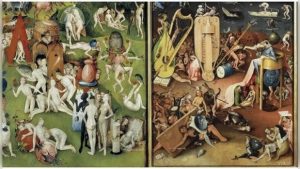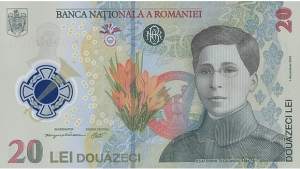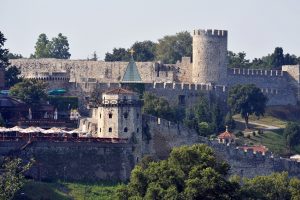Referendum in Carinthia – A Major Trauma for Slovenes?
Slovenia commemorated 10 October 2020 as the day of the 100th anniversary of the Carinthian plebiscite. For Slovenes, the referendum was a traumatic event as a result of which some areas, with a Slovenian majority were annexed to the new Republic of Austria. Consequently, the idea of uniting all Slovenes in one state, a goal defined in 1848, was not be realized after World War I. We may add that the Kingdom of Serbs, Croats and Slovenes could not prevent Italy from taking the Western strip of the area that Slovenes inhabited, and there were villages with Slovenian population in the territory of post-Trianon Hungary, too. However, the Slovenian public considered Carinthia as the most important loss. The memory of this event is particularly bitter because many Slovenes voted against joining the Kingdom of Serbs, the Croats and Slovenes, thus, against uniting with their fellow nationals.
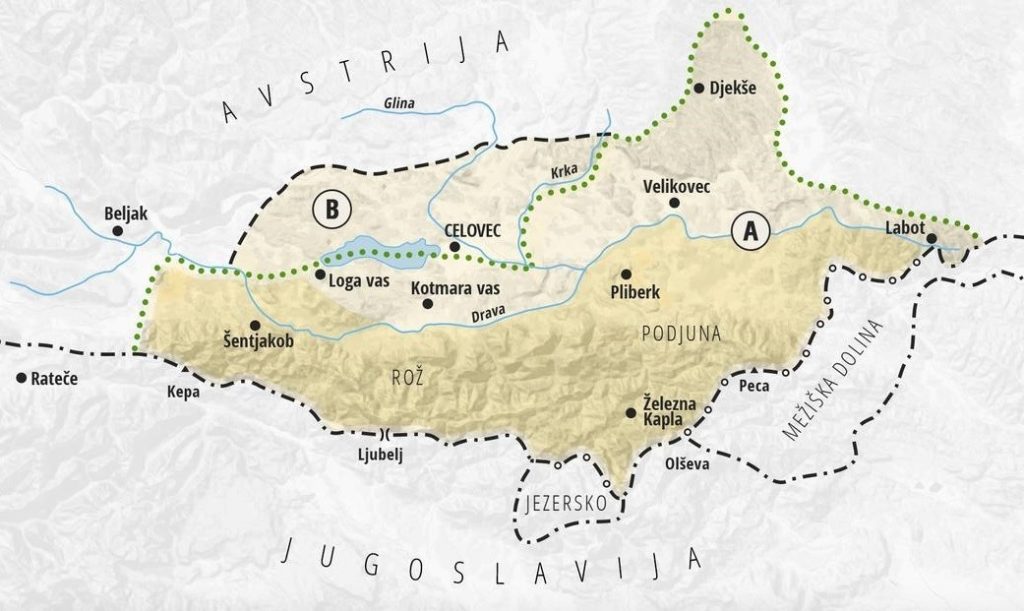
After World War I, Slovenian General Rudolf Maister took Maribor and the part of Styria that lays between River Drava and Mur by force. This move played a key role in granting the Southern Slavic state sovereignty over territories of Prekmurje that used to belong to the Hungarian Kingdom. However, military intervention came too late in Carinthia. Great Powers ruled that there had to be a referendum in the greater part of the region where Slovenians were in majority. For this purpose, the area was divided into Zone A and Zone B. In the much larger Zone A, 59% of the voters preferred Austria with an exceptionally high, 95%, turnout. Since 70% of the inhabitants were Slovenes, at least one third of them must have also voted for joining Austria. Although doubts about the fairness of the referendum arose in several places, the Yugoslav government recognized that the result was too clear for repeatng the vote. According to the terms agreed prior to the vote, in the northern Zone B, the referendum was not held.
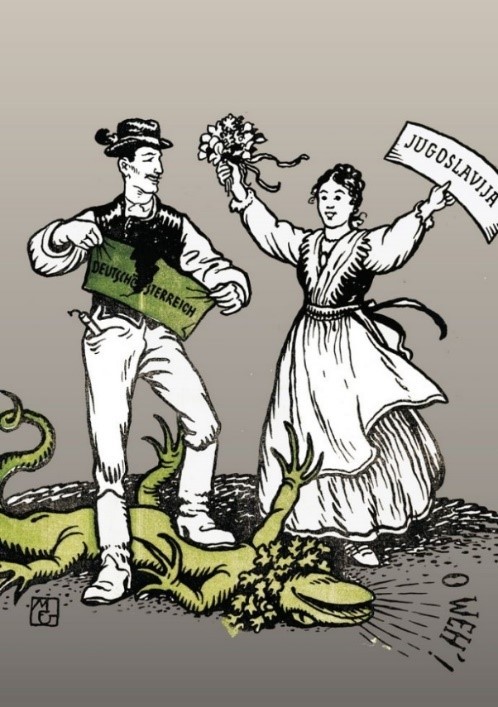
In Slovenia, the centenary of the referendum was a major issue in public media and in the press in general. Experts of the events shared the results of their research in programmes and articles that attracted much attention. The representatives of the Slovenian minority in Carinthia had the opportunity to talk of the events of 1920, their current position and prospects. They highlighted the symbolic importance of the celebrations at Klagenfurt (Celovec). At that event, the Austrian president delivered his speech partly in Slovenian language. Although he mentioned that many Slovenes voted for joining Austria, he publicly apologized for the fact that Austria was late to act upon the constitutional rights theoretically granted to the Slovenian minority. This was the first instance of such a public declaration.
Due to measures that were in place in order to prevent the spread of the pandemic, most conferences that would have discussed the referendum were cancelled or postponed. However, a series of monographic studies and papers appeared sheding light on many aspects that have not been analysed earlier. Among other things, these works detail the preparations regarding Carinthia during the Paris Peace Treaty negotiations and the importance of economic and infrastructural considerations in these. We also have a clearr picture about the role of the Italian representatives and that there was a strong link between the case of Carinthia and South Tyrol. Recent research has foregrounded the decisive role of the Austrian representatives’ convin cing arguments that led to President Woodrow Wilson’s support for the referendum.
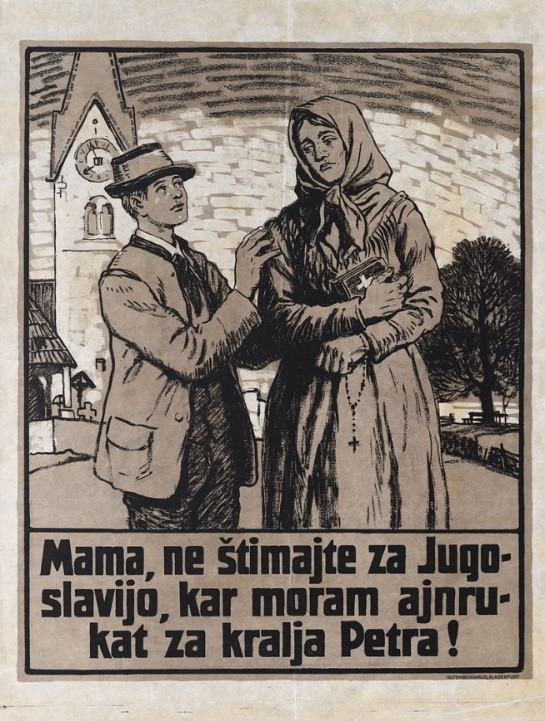
Authors who talked of the Germanization efforts also contributed to a better understanding of the circumstances of the referendum. These works highlighted the differences among Slovenian elites of the former provinces of Austria emphasizing that the Karavankas had not only been physical but also mental barriers among the Slovenes of Carinthia, Carniola and Styria. For decades, historians have been debating the weight of the application of military force in the outcome of the referendum. According to Slovenian historians, the key factors were Germanization, economic interests, and the successful Austrian propaganda – mostly carried out in Slovenian language – that intended to scare Slovenians with the prospect of being enlisted to the Yugoslav army, and entice them with stressing the importance of regional identity.
Slovenes believe that Carinthia was the birthplace of the Slovenian people. The image of early Medieval Carinthia as a mythical state of Slavs has been at the centre of historical consciousness since the 19th century. As part of Tito’s Yugoslavia, Slovenia annexed sizeable territories with a majority Slovenian population West of the pre-World War II borders, however, after World War II, Great Powers decided to keep the Austrian border unaltered. For Slovenians, this made the loss more painful and that is how it became the most significant historical trauma for them. Commemorative events reflected this. At the same time, we shall not forget that one tenth of historic Carinthia became part of Slovenia without any referendum.


